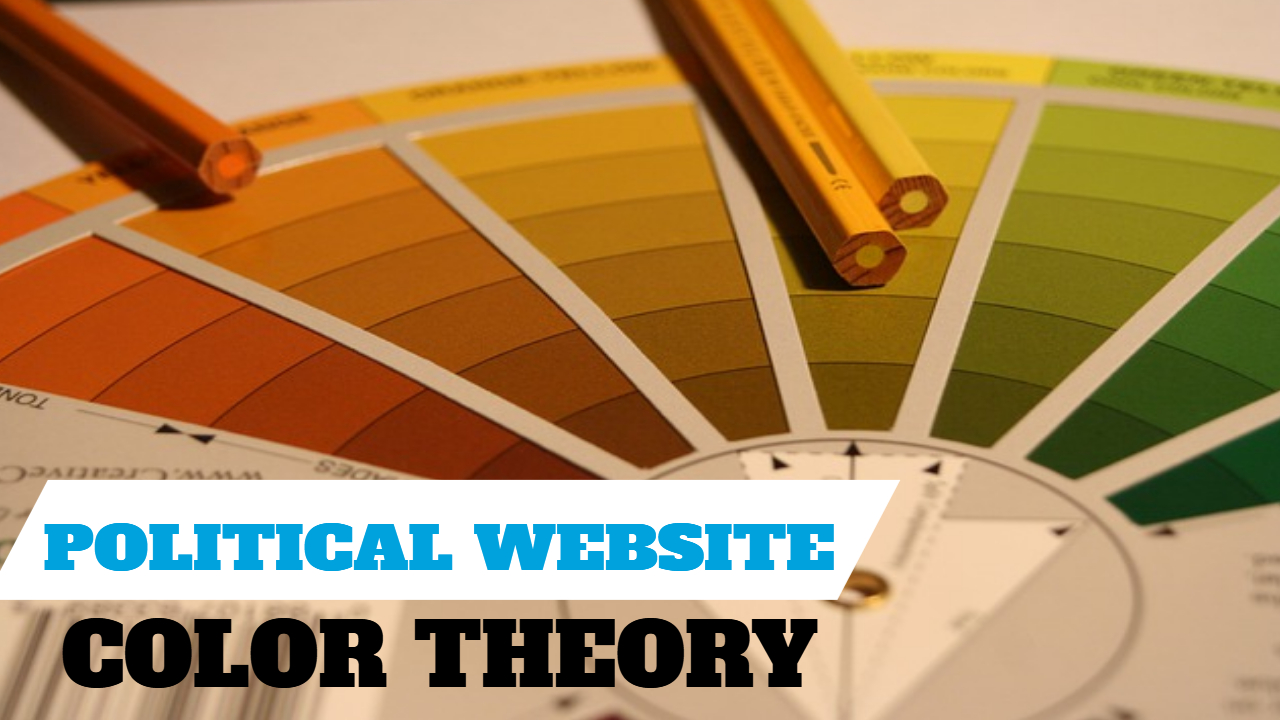Color theory: a beginner’s guide for designers
Color theory is the term to describe the set of rules and guidelines concerning the use of color in art and design. It is both a science and art that aims to communicate a design message on physical and psychological levels effectively. Knowledge in color theory can help designers and entrepreneurs create color combinations that are pleasing to the eyes and senses.
In this web design tutorial, learn all about color theory for web designers. You’ll learn about color schemes and how to choose a color palette for your web designs, design projects and political websites!
Color theory is a set of guidelines that artists and designers use to confer different ideas and feelings to audiences. Color theory is complex and incorporates elements of design, psychology, and visual art, but how does color theory relate to web design? well, when choosing a web design color scheme, you may need to utilize color theory in making your selection. Your website’s color scheme can really see improvement if you’ve got a solid understanding of color theory and design principles. Want to learn more about color theory?
How to evaluate the design?
The eyes of a non-color human adult can see over 1,000,000 distinct colors. How do you choose the right color scheme quickly and efficiently with all these options? that’s the challenge facing all web designers trying to create a color scheme or palette for their design from scratch. With that many choices, you can’t evaluate all the shades and hues individually and pick the most suitable ones without a reference point. You need to narrow down your options. The best way to start is by finding a primary color as your starting point.
Buttons must be designed with enough contrast to make them distinguishable from their background. In addition, they need to have specific labels that explain their function. You’ll find a button is more effective when it clearly explains the action that users are taking when they click on it. There’s no need to evaluate context clues, or really, to read the content at all. The specificity makes the button clear, skim-friendly, and generally pretty easy to use.
Not Afraid of Bold Colors
Every color has its unique tones and meanings. By carefully selecting your colors, you can reinforce the overall message of a site. Note: color meanings can vary dramatically across cultures and regions.
If you want to play with the most vibrant and vivacious color combinations then analogous is your style for the website design. Complementary colors are point of focus in this setting. The interesting and daring part is to select the color tones and combinations. At times this can backfire as well, so be very careful when going for this. Imagine a combination of yellow, orange and red and you’ll understand the point of discussion here.
Colors have the power to make us feel certain emotions and reactions, and web designers can use this to influence a site’s audience or target market. This is known as the psychology of color, where every color has a different meaning and can evoke different moods. Red, for example, is one of the most stimulating, eye-catching colors, and has connotations of power and importance. Blue, on the other hand, makes people feel more calm or safe. You have to choose your colors carefully in your web design, because the wrong color choice may make users react to your design in a way you might not have wanted, but the right one can make them view your design in a more positive way.
The article Color Theory For Your Political Website first appeared on http://bobbrady.us .
The article Color Theory For Your Political Website first appeared on http://motorcitytennis.net.



Comments are closed